How To Do The Face Pull
Use this cable machine exercise to sculpt bigger, broader shoulders
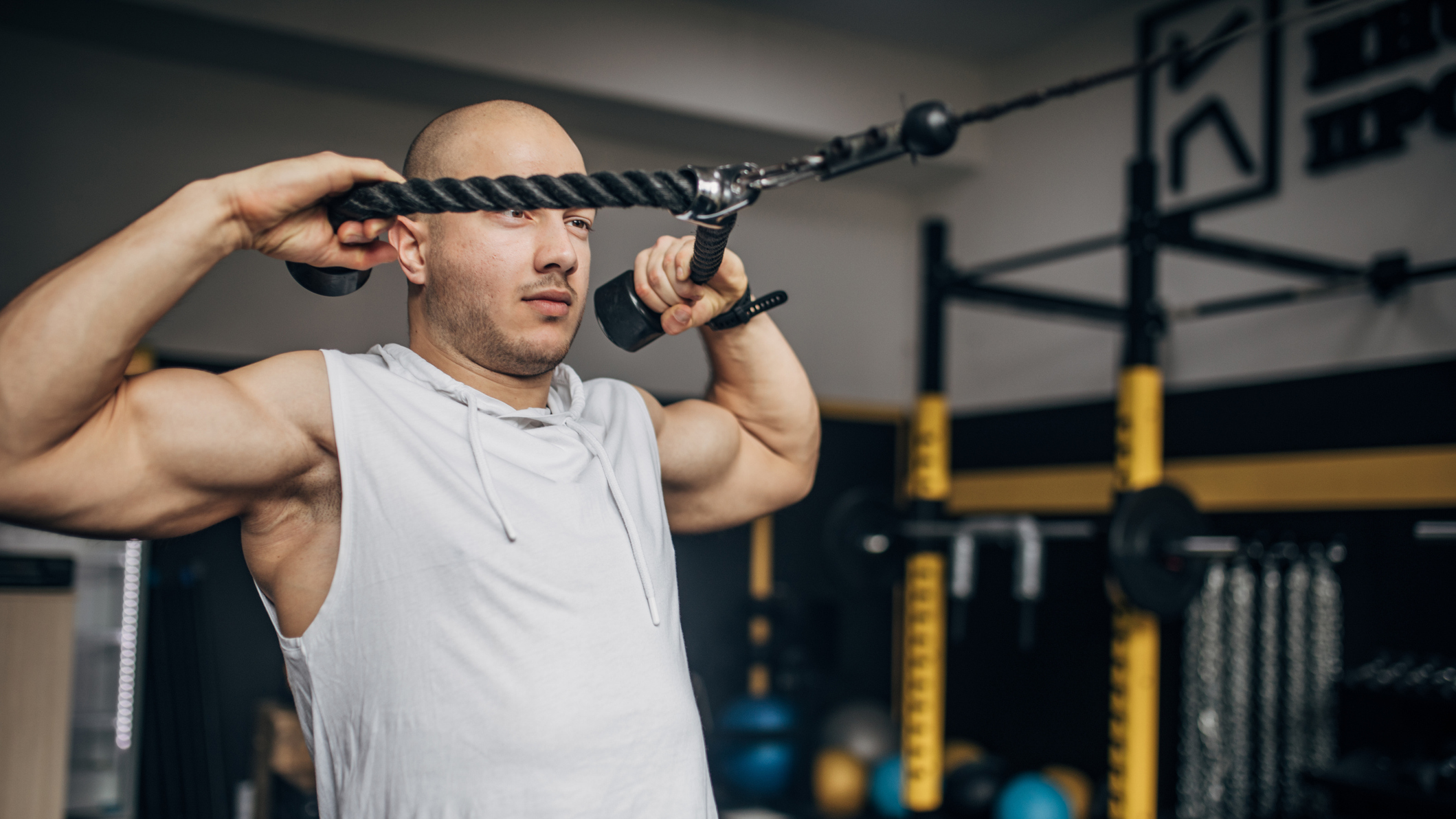
Take a look back at your recent training routine and pick out all the shoulder exercises you’ve done. We’re willing to place a gentleman’s bet that the vast majority (if not all) of them were pressing movements, either out in front of your chest or above your head. Now there’s nothing wrong with pressing exercises, they’re terrific, but if you do them exclusively you won’t build strong, balanced shoulders.
The face pull might not be as glamorous as the bench press or overhead press, but it’s one that should absolutely be part of your routine. It works many muscles in the shoulders and upper back, bulking them up while also balancing out the effects of all those pressing exercises. That means improved posture and stronger shoulders all round, so you’ll be able lift more weight when you are pressing.
Which muscles does the face pull exercise work?
There are few exercises more effective at building strong posterior deltoids than the face pull. These small yet mighty muscles, which sit at the back of the shoulders, are primarily responsible for retracting and rotating your shoulders.
They also play a vital role in stabilizing the entire shoulder joint. Keeping these muscles strong and functional helps shield your shoulder from strain and injury.
Face pulls will also engage supporting shoulder muscles, including the often overlooked yet easily injured rotator cuff, along with mid and upper back muscles such as the rhomboids and trapezius. The latter two, which take over in the second half of the exercise, help squeeze the shoulder blades together.
To a lesser degree, face pulls can even help strengthen your core by forcing you to engage all the muscles in your trunk, hips and glutes to keep you stable and balanced while performing the exercise.
What Are The Main Benefits Of The Face Pull Exercise?
The rear deltoid muscles are chronically neglected, even by regular gym-goers, which can lead to poor posture and shoulder weakness. Fortunately, face pulls are an easy fix to help correct this common imbalance.
“The rhomboids, the rear delts, all these muscles around the mid and upper traps help maintain good posture,” says Kern Alexander, a certified personal trainer at Leading Edge Personal Trainers. “Sitting at a computer all day, in a rounded position with your shoulders slumped, causes these muscles to get smaller and weaker over time.”
By simply introducing face pulls into your regular training routine you can arrest this gradual desk-bound decline, while also reaping the many benefits of a strong and robust upper back.
“Face pulls enable you to hold on to more weight without rounding your upper back, which can help with deadlifts,” says Alexander. “If your upper back is weak, it will limit how much you can lift. But if you have strong upper-back muscles, you can hold your shoulders in the right position to pull the weight optimally.”
This unsung exercise also helps improve your overall shoulder mobility and stability, says 2023 CrossFit Games athlete James Sprague, and significantly reduces the risk that a shoulder injury could scupper your training. “Face pulls will strengthen your rotator cuffs and other muscles that help keep your shoulder blades stable while your arms move and take load,” he says.
Get the Coach Newsletter
Sign up for workout ideas, training advice, reviews of the latest gear and more.
How To Do The Face Pull
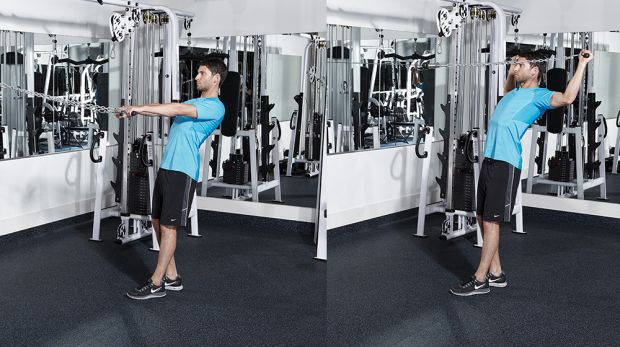
Set up a cable machine with a double rope attachment fixed at eye level. Grasp the handles with an overhand grip (palms facing the floor) and arms extended out in front of you. Leaning back with your weight on your heels, pull the handles towards and then either side of your face, then rotate your forearms to vertical and squeeze your shoulder blades together. “Try to keep the bigger muscles in the upper back relaxed as you pull the cable, and instead focus on using your rear delts to control the exercise,” says Alexander.
At the end of the movement your forearms and upper arms should form a 90° angle. Pause at this point, then slowly return the handles to the start position.
“Keep your body stable throughout to isolate the right muscles and avoid drawing on momentum,” says Sprague. “At the same time, try not to sway or overextend your back as this could place excess stress on your spine.”
How heavy should you go on face pulls?
“There is no need to go too heavy with face pulls,” says Sprague. “Your focus should be on stretching and contracting the muscles with control throughout.” If you’ve gone too heavy you’ll probably be drawing on momentum and swaying into each rep, which can increase the strain on your lower back and take the tension off your rear delts.
The Fix: “Start as light as possible and see whether you can control the movement,” says Alexander. “If you can get 15 reps with that weight, without swaying or using momentum, then you can go up.”
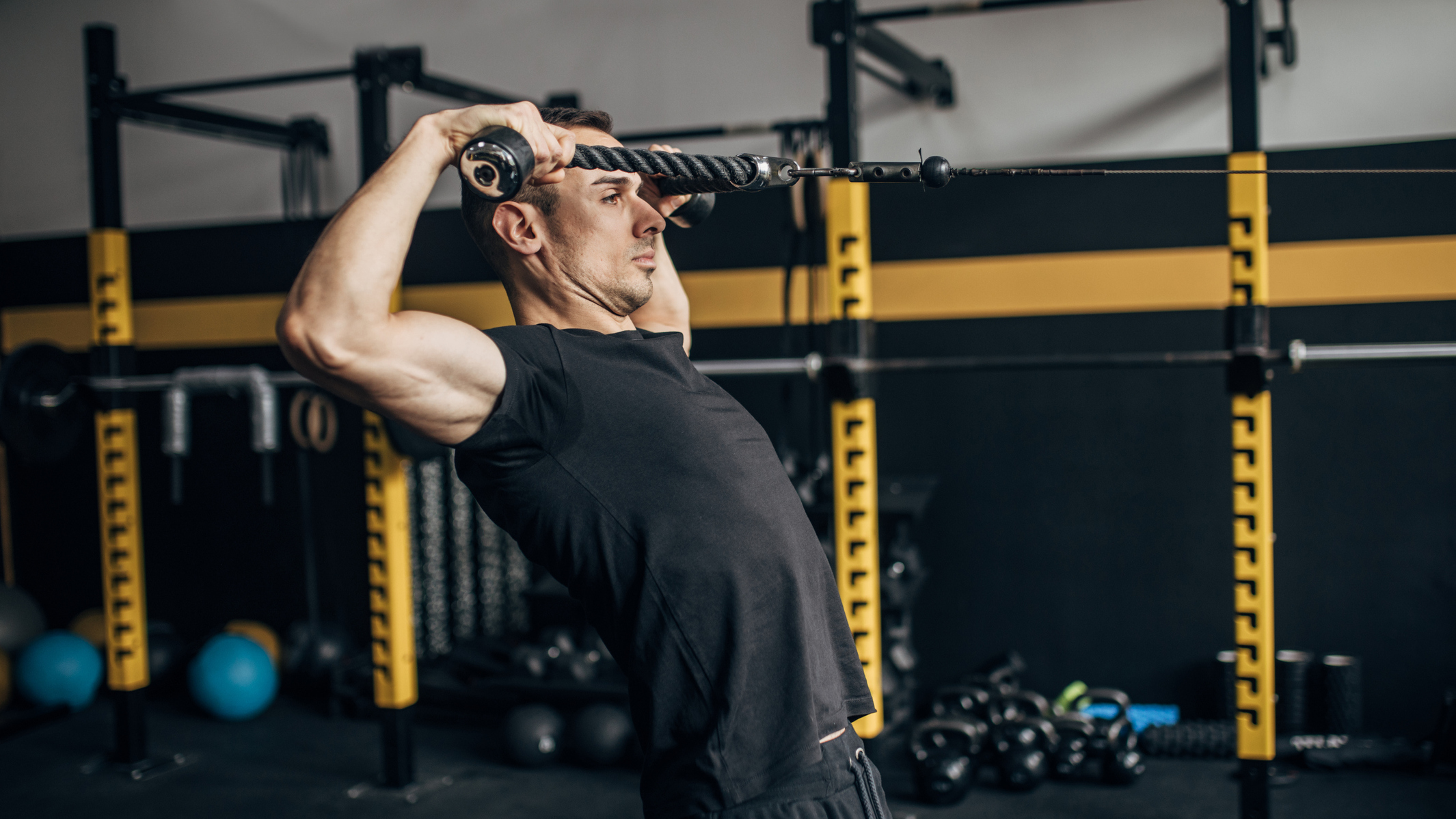
Face Pull Exercise Form Tips
1. Adjust Your Stance
If this exercise is causing you pain or discomfort in the lumbar area, take a staggered or kneeling stance instead. Changing position may also help you lift heavier by reducing pressure on your trunk and increasing your overall stability.
The Fix: Place one foot slightly ahead of the other and adopt a slight bend in the knees in both legs. When performing the exercise, put most of your weight through your front leg.
2. Retract Your Shoulder Blades
Squeezing your shoulder blades together at the end of the movement will help engage the trapezius and rhomboid muscles in your upper back, while allowing the rear delts to control the rest of the exercise.
The Fix: If you struggle to recruit the right muscles, ask your gym buddy to place their hand flat between your shoulder blades. As you pull the handles towards your body, think about bringing your shoulder blades down and together to pinch their hand.
Face Pull Variations
Resistance band face pull
If you don’t have access to a cable machine you can perform the exercise with a resistance band – just make sure you have a stable point to which you can connect the large looped resistance band. To add an extra dimension to the exercise, take your hands out to either side as you pull the band towards your face. By adding the pull-apart you’ll be hitting more muscles in your upper back and shoulders, which makes not only this a great exercise in its own right, but also a fine warm-up move for your upper body ahead of a free-weights workout.
Seated face pull
If you’re keen to increase the weight of your face pulls, the safest way to do so is to perform them while seated so you have a more stable base for the exercise. This will provide an added challenge for your upper back while offsetting the chance that the extra weight on the cable will yank your body out of position during the exercise.
About Our Experts
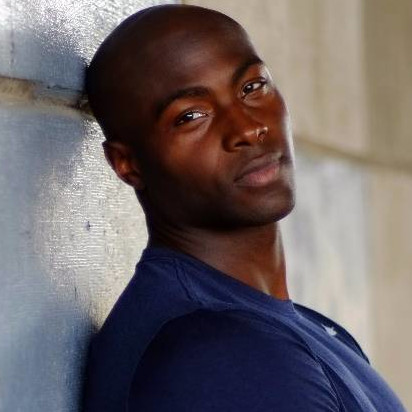
Kern Alexander is an ACE-certified personal trainer and a NASM-certified corrective exercise specialist. With his wife Noelle McKenzie, he co-founded Leading Edge, an in-home personal training business based in New York City. He specializes in weight management, strength training, bodybuilding and treating a range of musculoskeletal conditions, including sciatica and back pain.
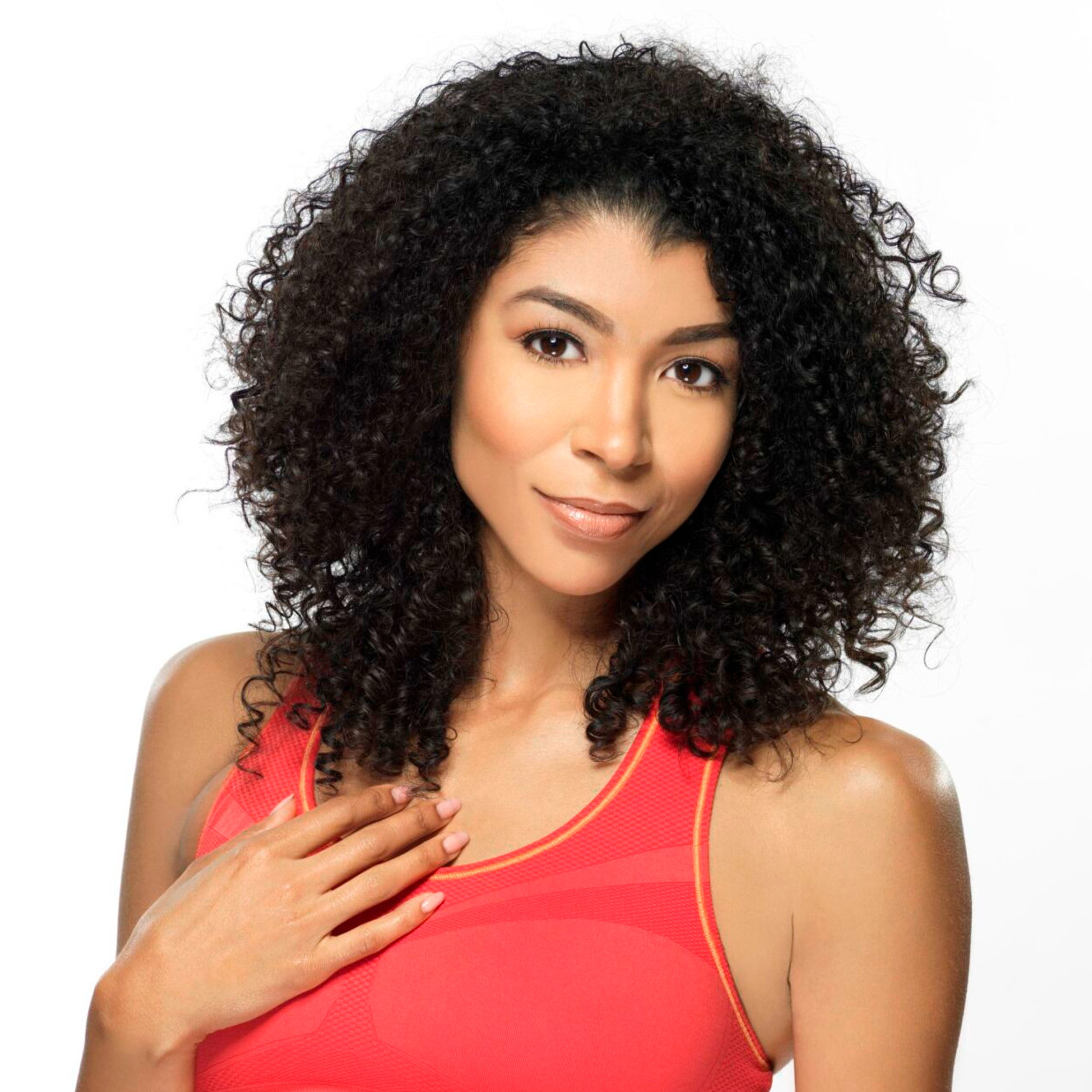
Noelle McKenzie is an ACE-certified personal trainer, functional training specialist and level 1 Kettlebell Kings training expert. With her husband Kern Alexander, she co-founded Leading Edge, an in-home personal training business based in New York City. Her training style is centered around yoga, kettlebell training and improving functional movement patterns.

James Sprague is a CrossFit Games athlete from Snoqualmie, Washington. He began competing in 2017, finishing fourth in the Boys 14-15 division, and he’s been rising up the rankings ever since. Currently, he holds 33rd place in the CrossFit Games World Wide Ranking, and has relocated to Naples, Florida, to train under Matt Torres, head coach of Brute Strength HQ. James is also a NASM-certified personal trainer, offering fitness coaching services through his company Next Gen Performance.

Anna Gora is a health writer and certified PT with more than a decade’s experience in the fitness industry. She provides online health coaching to people as part of the UK’s Healthier You: NHS Diabetes Prevention Programme and has a master’s degree in Nutrition, Physical Activity & Public Health from the University of Bristol. As well as Coach, Anna also contributes to sister site Fit&Well and science news website Live Science.
- Nick Harris-FrySenior writer









